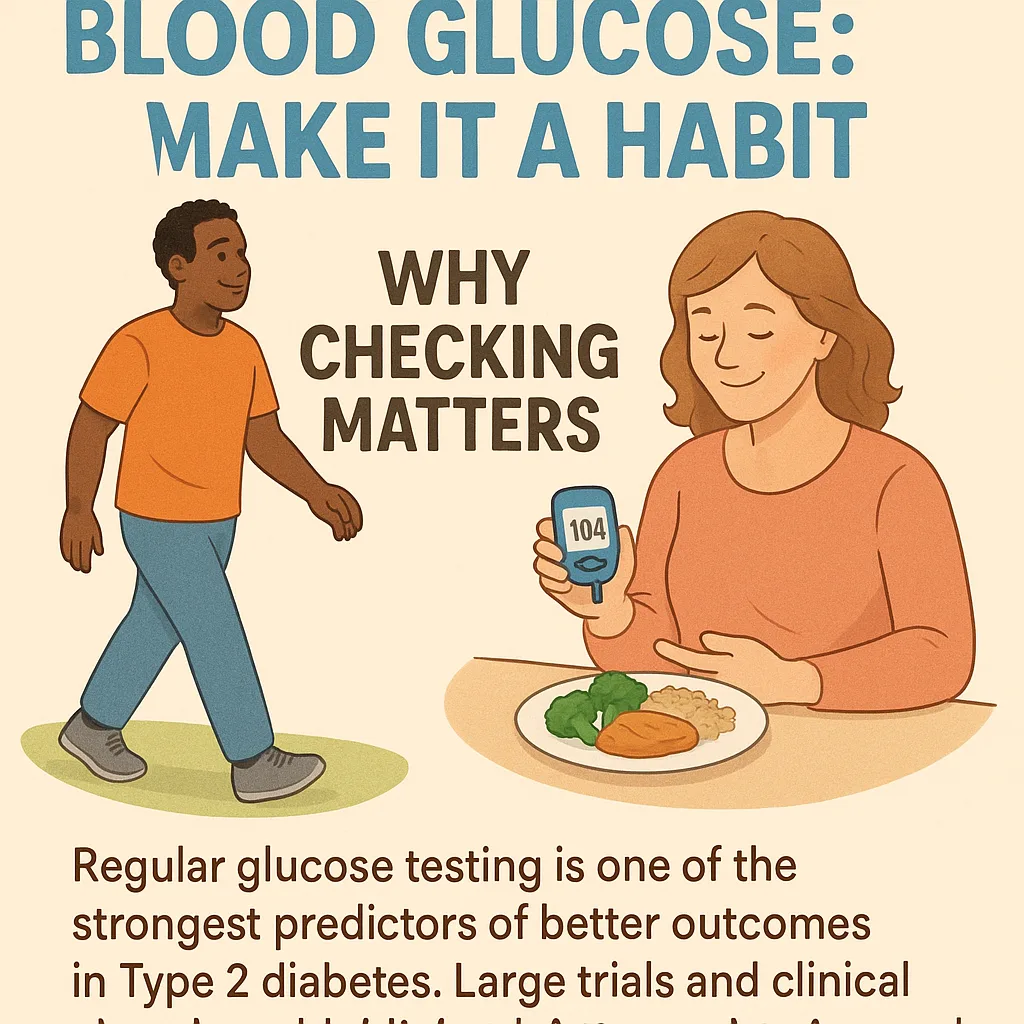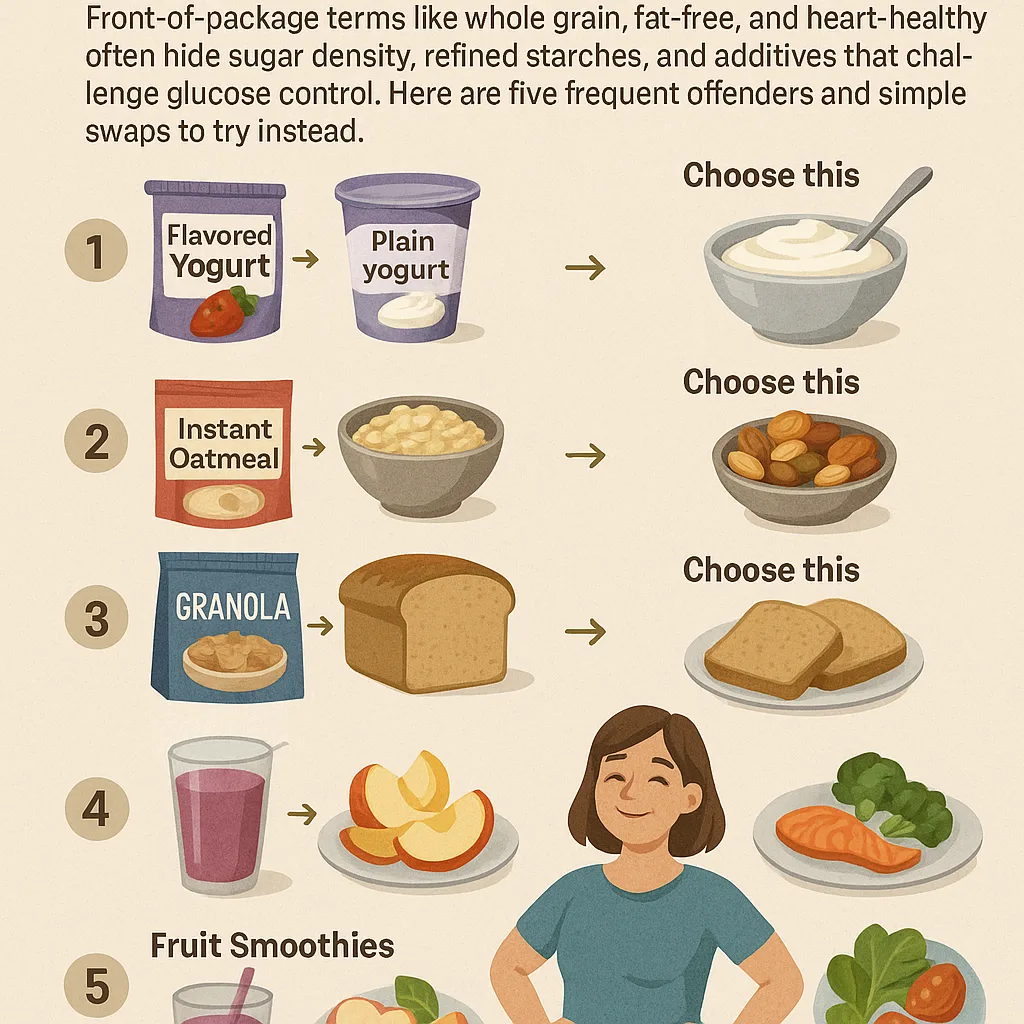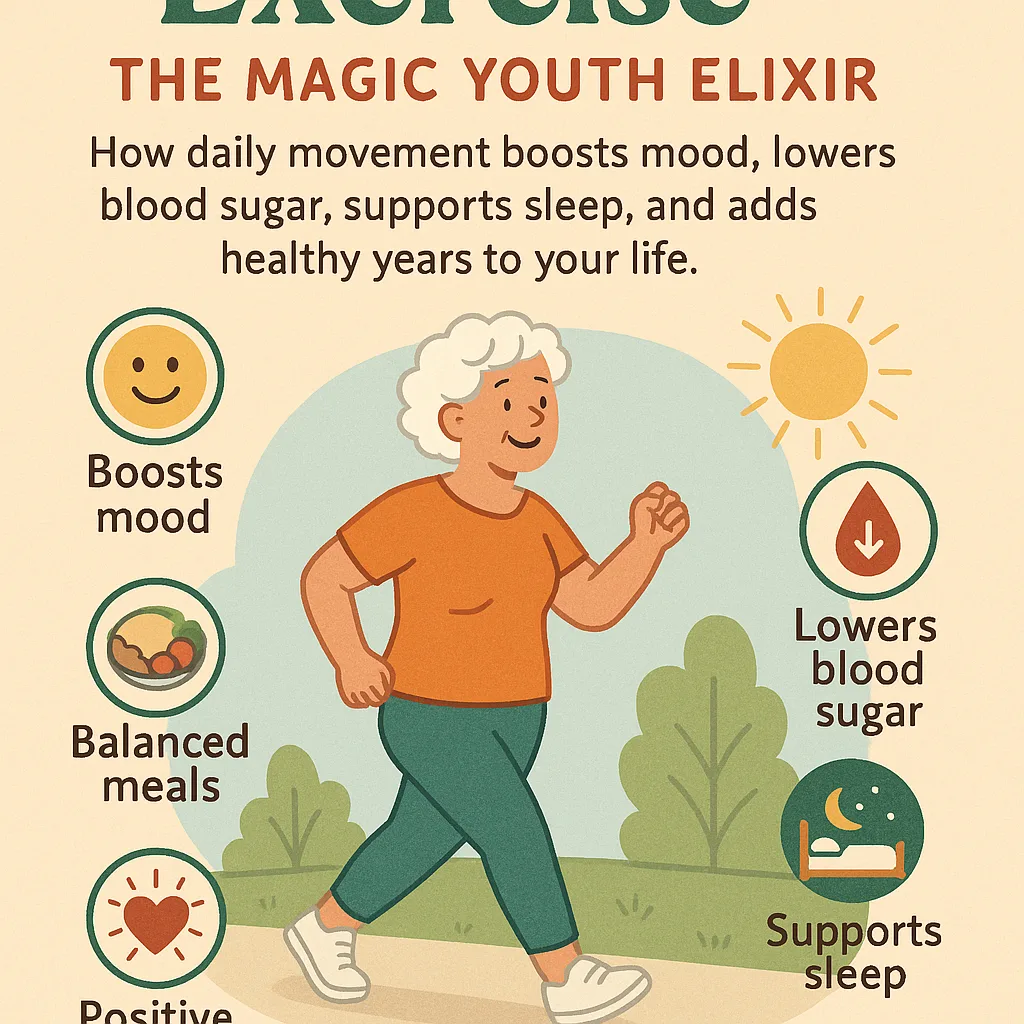Why I switched from test strips to Dexcom G7
My name is Vicki, and for years my mornings began with the same routine: coffee, a deep breath, and my meter. I relied on OneTouch Ultra test strips because that’s what I knew—quick, familiar, and covered by my budget. But fingersticks never told me the full story. I’d get a reading, then play detective: Was last night’s pasta the culprit? Did stress from work spike me? Was my “healthy” snack actually a glucose landmine?
What finally changed everything was seeing the in‑between—how my glucose moved throughout the day and night, not just at a few fixed points. On my weight‑loss journey with type 2 diabetes, those gaps mattered. I needed more than snapshots; I needed a continuous picture. When I switched to the Dexcom G7, I could finally see how specific meals, portion sizes, sleep, and exercise were shaping my numbers. That constant feedback made it easier to cut the spikes, stretch my time‑in‑range, and lose weight with fewer “surprises.”
Fingersticks still have a place, and OneTouch Ultra strips served me well for years. But the Dexcom G7 removed the guesswork that made weight loss feel like trial and error. It gave me timely alerts, trend arrows, and a calm sense of control that my meter just couldn’t offer—especially around meals and movement.
If you’re curious about step‑by‑step testing habits, I’ve written about building a reliable routine in Checking Your Blood Glucose. And if you want a refresher on lab markers, see Diabetes Blood Tests. For weight‑loss specifics, read Lose Belly Fat, Control Your Diabetes.
What makes Dexcom G7 stand out
Accuracy you can trust for daily decisions
The G7’s accuracy helps me act with confidence, whether that’s starting a short walk after dinner or choosing a smaller carb portion at lunch. It also reduces the anxiety of “am I going up or down?” because trend arrows and context make the single number more meaningful. Over weeks, that consistency makes my choices simpler: I rely on clear patterns rather than one‑off readings. If a certain breakfast keeps me steady and another one pushes me up, I see it quickly and course‑correct.
I also calibrate my expectations: some meals rise more slowly than others, and seeing a gentle slope vs. a steep climb changes how I respond. I’m not chasing numbers anymore—I’m coaching myself with better information.
Short warm‑up and simple start
The warm‑up is fast, and the sensor/app pairing is clear. As someone who used to dread “setup days,” I’ve found the first‑day experience smoother than older systems. I set a timer, get on with my day, and I’m rolling. Fewer interruptions mean I start strong on day one, instead of feeling like I’m in a holding pattern.
Thoughtful alerts and alarms
I love that I can personalize alerts. Early warnings for highs and lows help me stay ahead of swings. More time in range means more energy and better choices later in the day.
Silencing or softening alerts at certain times helps me keep balance—useful when I’m in a meeting or trying to fall asleep. When I need a nudge, I turn them back up. Those subtle choices keep me consistent without making the device the center of my day.
A clean, helpful app experience
The Dexcom app makes it easy to glance, decide, and move on. I track patterns across meals and workouts without getting lost in charts. When I’m busy, quick looks are enough to keep me on track. When I have time, I review weekly trends: Which dinners run high? Does a short evening walk flatten my post‑meal curve? I make one adjustment per week and retest it.
Sensor wear time that fits real life
Consistent wear time helps me build habits—like checking before I plate dinner or after a walk. Those little prompts create big results over weeks and months.
The G7 is also more discreet than older sensors I’ve tried. I forget it’s there, which is exactly what I want from a health tool—reliable, low‑friction, and out of the way.
Easy data sharing (optional)
If you have loved ones who help you stay on track, sharing summaries can be encouraging. I sometimes review my week with a trusted family member—it keeps me honest and supported without turning every day into a report card.
How to save on name‑brand supplies
Budget matters. I’m careful to buy official sensors from reputable stores, and I compare prices across cash‑pay options. One reliable source for name‑brand diabetes supplies (including Dexcom G7 sensors) is Diabetic Overstock.
I use sales and coupons when available. In this article, I’m sharing the coupon I use—mentioned at the top—to help you save at checkout. Buying from an established retailer helps protect against expired or mishandled products and makes returns straightforward if something isn’t right.
Pricing realities and safe‑buying tips
- Compare cash‑pay vs. insurance: Some months cash is cheaper; other months your copay wins.
- Verify freshness: Check product dates upon arrival and store sensors as directed by the manufacturer.
- Avoid gray‑market listings: Stick with retailers who handle storage and shipping correctly.
- Track your usage: If you wear sensors continuously, buy enough to avoid gaps—but don’t overstock beyond what you’ll use before the dates.
- Use HSA/FSA when available: Many accounts cover CGM supplies; save receipts and order confirmations.
Step‑by‑step: Applying the coupon at DiabeticOverstock
- Go to Dexcom G7 Sensors (3‑Pack).
- Add the sensors to your cart.
- At checkout, enter the coupon code DWLS20 and apply it to see your savings before completing your order.
- Complete checkout and watch for your confirmation email.
If you prefer to shop around first, you can start on the Diabetic Overstock and browse CGM supplies.
CGM vs fingersticks for weight loss
If weight loss is one of your goals, real‑time feedback is priceless. Here’s how CGM helped me change behaviors that the meter alone couldn’t:
Mealtime calibration without guesswork
Seeing the curve—not just a before/after—showed me which meals kept me steady and which caused long, slow climbs. I adjusted portions and timing and learned to swap sides and sauces that were quietly spiking me.
I began timing higher‑carb meals earlier in the day, when I’m more active, and shifted dinners toward protein and non‑starchy vegetables. The result was a calmer evening curve and better sleep—both of which helped me make better choices the next day.
Time‑in‑range as a daily scoreboard
Time‑in‑range (TIR) became my favorite metric. On days I hit my TIR goal, I slept better and felt fewer cravings. Small adjustments—like a 15‑minute walk after dinner—pushed TIR up quickly.
I also learned to protect mornings. If I start the day steady, the rest of the day is easier. A short pre‑breakfast walk, or a higher‑protein breakfast, often pays off all day long when I look back at the trend line.
Exercise feedback that keeps you motivated
Walking after meals reliably moved my arrows in the right direction. That instant feedback kept me consistent. I used alerts as gentle nudges, not scolds.
Fewer surprises, steadier energy
Avoiding unexpected dips and spikes made it easier to keep promises to myself—meal prep, earlier bedtime, and a short workout. Eventually, those wins showed up on the scale.
Other name‑brand supplies you can save on
Dexcom G7 is my daily tool, but I keep a small kit for backups and special situations:
- OneTouch Ultra test strips and a meter for occasional confirmation checks.
- Lancets that fit your preferred lancing device.
- Alcohol swabs, adhesive patches, and skin prep for sensor wear.
When prices fluctuate, I check reputable retailers and compare “cash pay” vs. insurance coverage to see which is best for that month.
You can also keep a small “travel kit” with a spare sensor, wipes, and patches in your bag or car. It’s peace of mind for vacations and busy weeks.
FAQ
Do I need insurance to buy Dexcom G7?
Not necessarily. Many people purchase sensors with insurance, but there are also competitive cash‑pay options through reputable retailers. Compare your copay vs. cash to decide what’s best for you.
Is Dexcom G7 compatible with my phone?
Compatibility can vary by device and operating system version. Check Dexcom’s official compatibility list before purchasing to make sure your phone is supported.
How accurate is Dexcom G7 compared to fingersticks?
The G7 is designed for high accuracy and includes trend information that a single fingerstick can’t provide. For decisions where your clinician recommends a meter confirmation, keep test strips on hand.
How long does shipping take and how are sensors stored?
Shipping times vary by retailer and location. Choose retailers that store products properly and offer tracking. If a package looks compromised, contact customer service before opening.
What’s the return policy if a sensor fails early?
Use retailers with clear return/replacement policies. If a sensor ends early, document what happened (photos and dates help) and reach out promptly for support.
Any tips for sensor adhesion?
Clean, dry skin is essential. Consider using a barrier wipe or over‑patch if you have active days or sweat a lot. Rotate sites to keep skin healthy.
Ready to try Dexcom G7 and save?
Shop Dexcom G7 SensorsNot medical advice. Always consult your healthcare provider.



